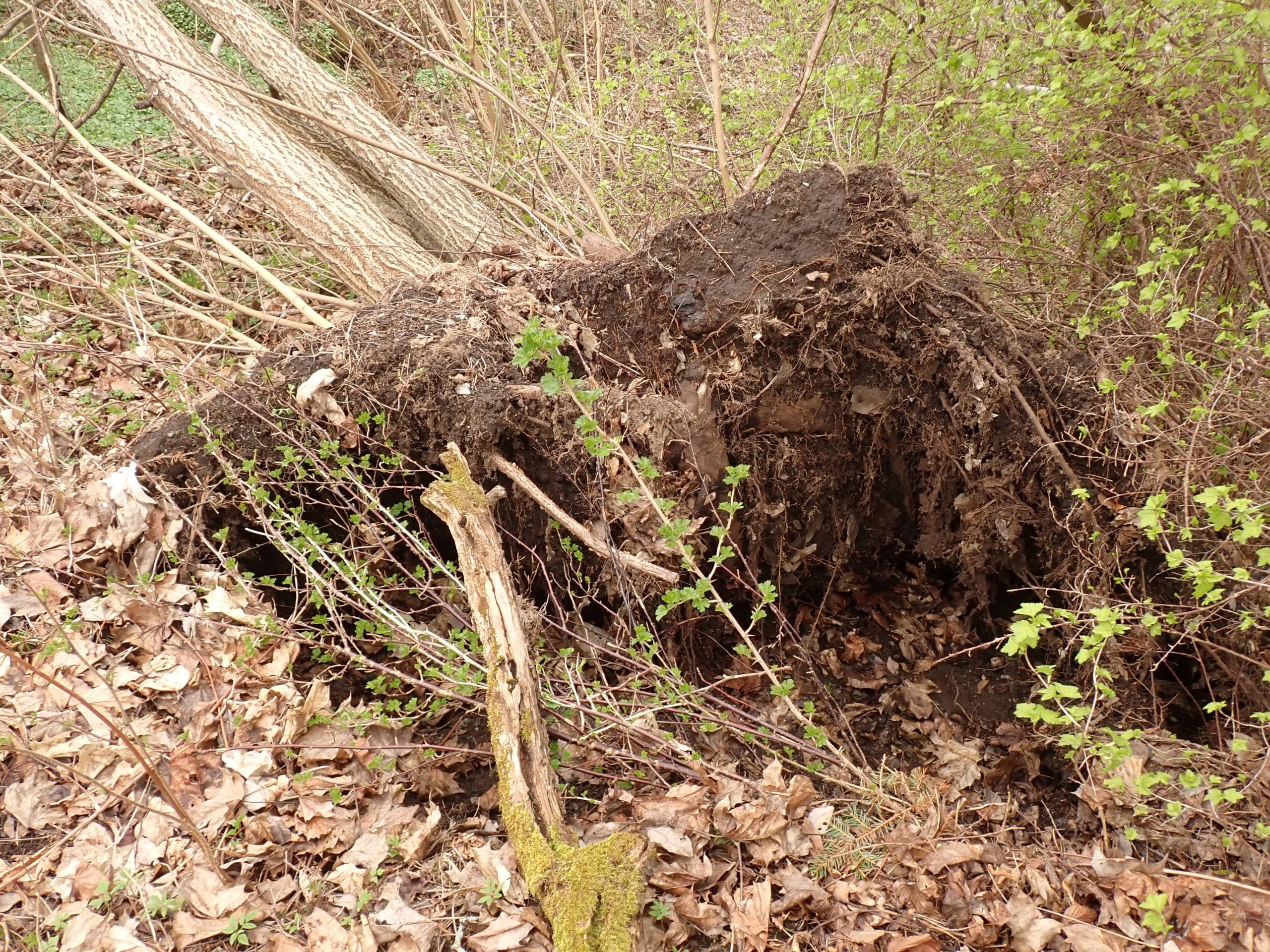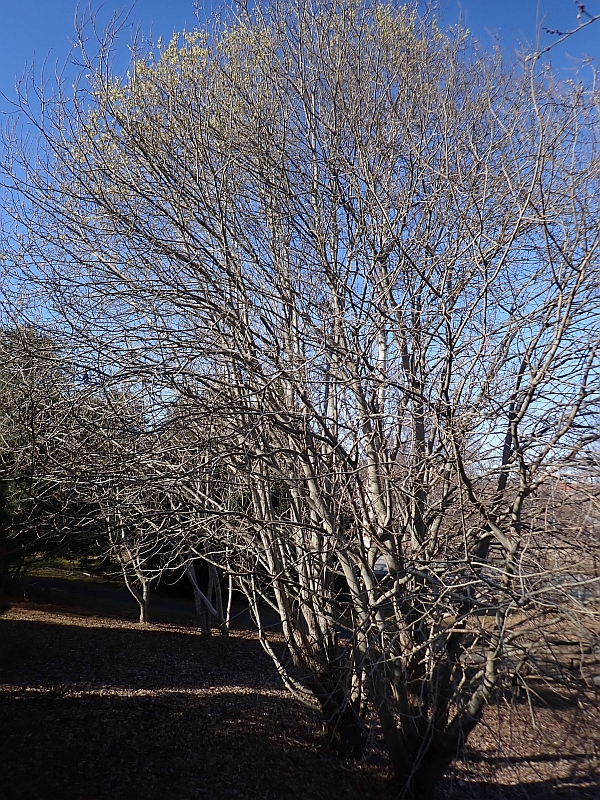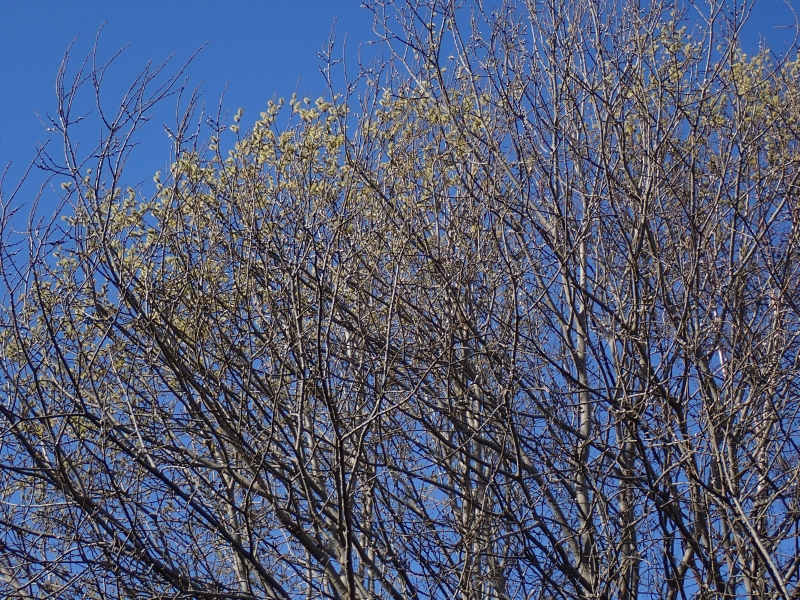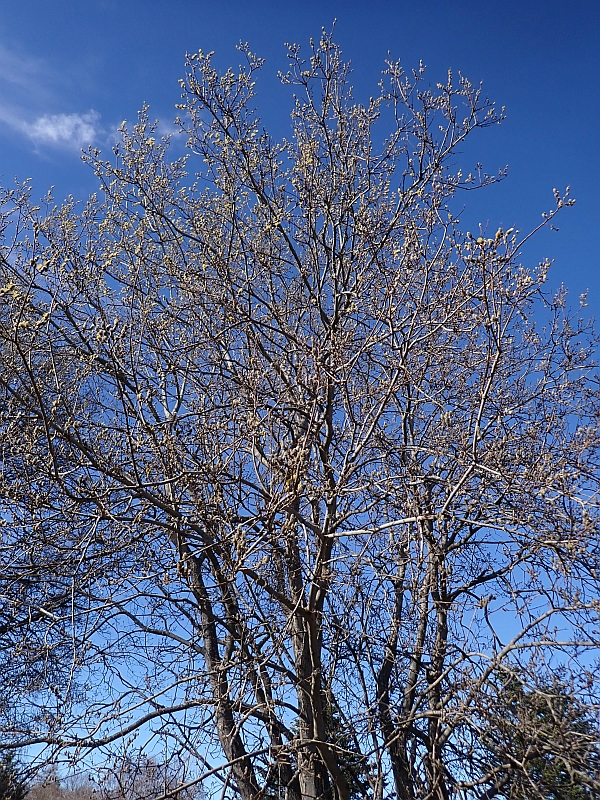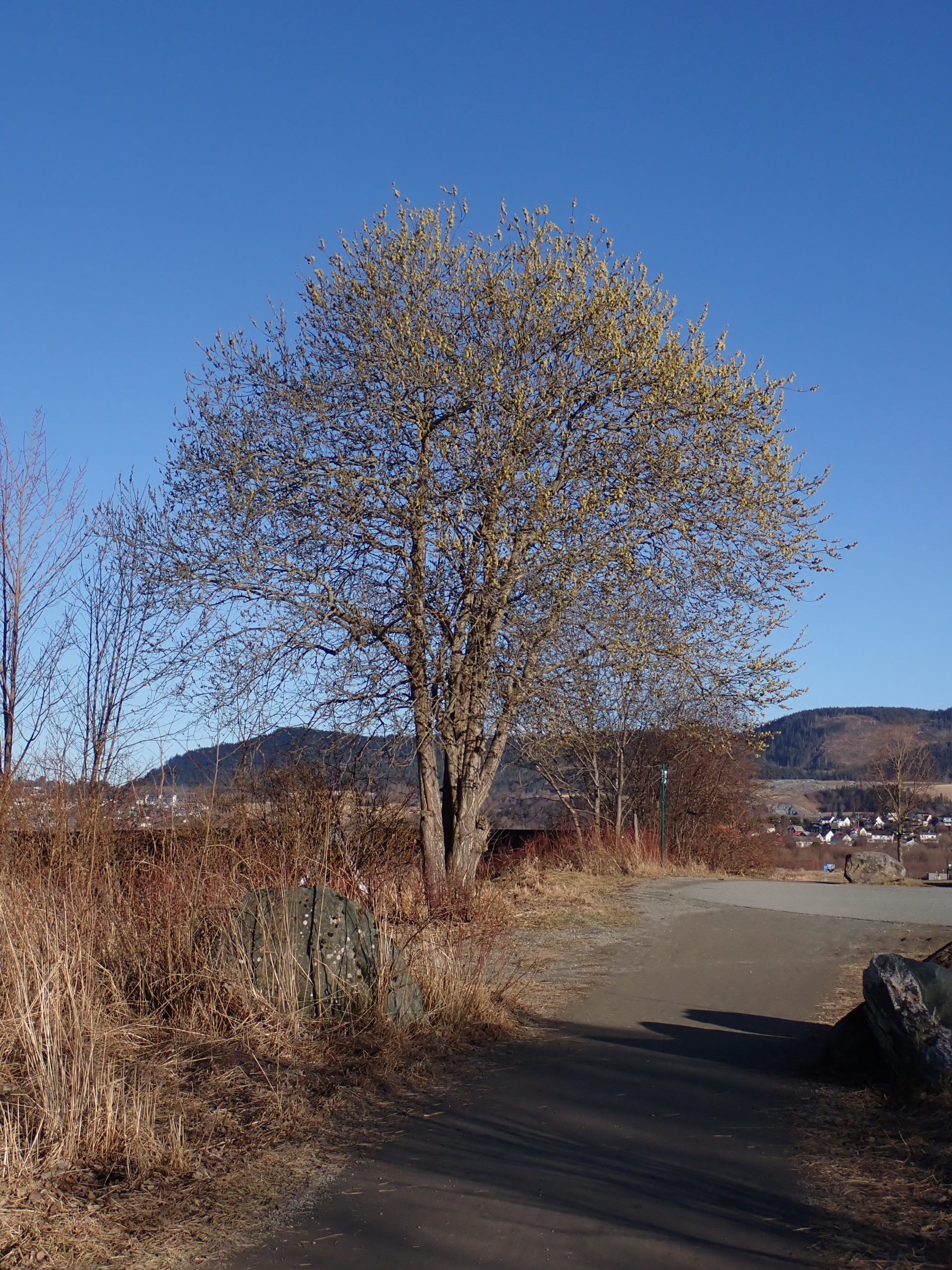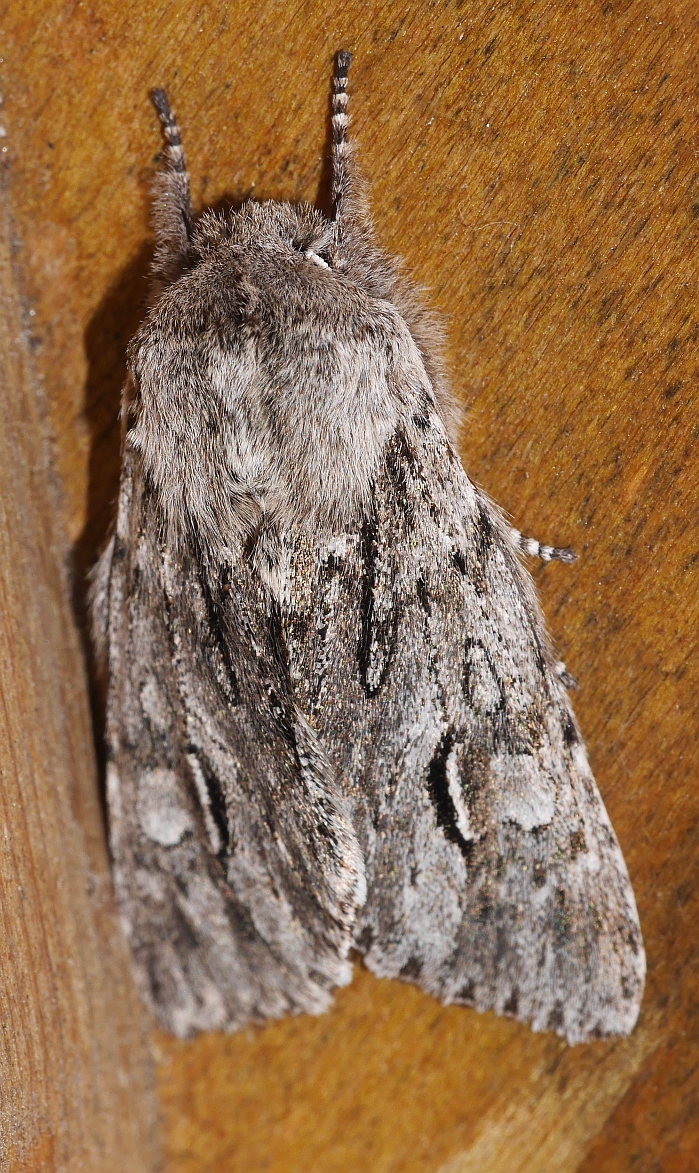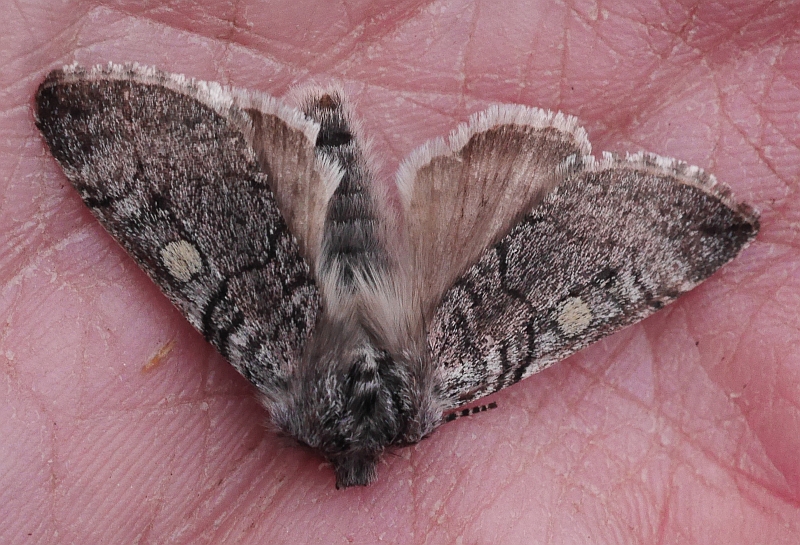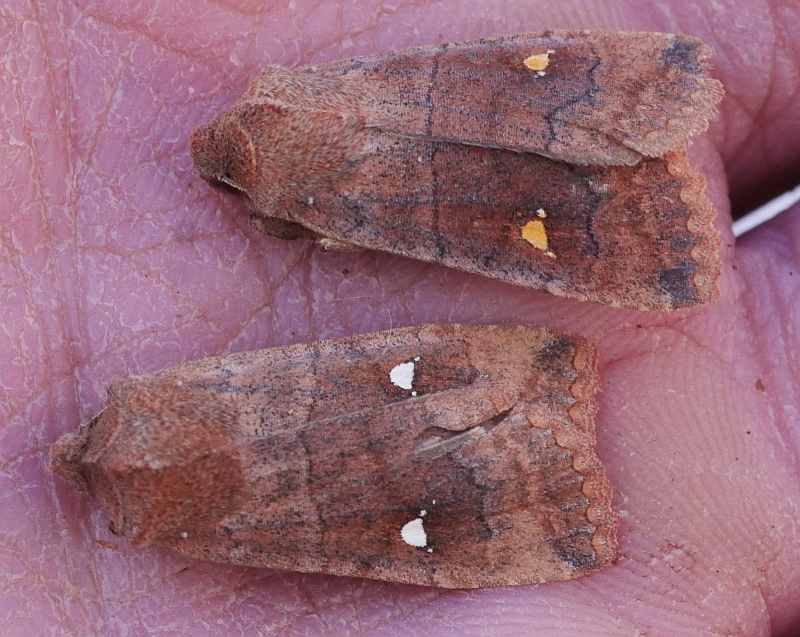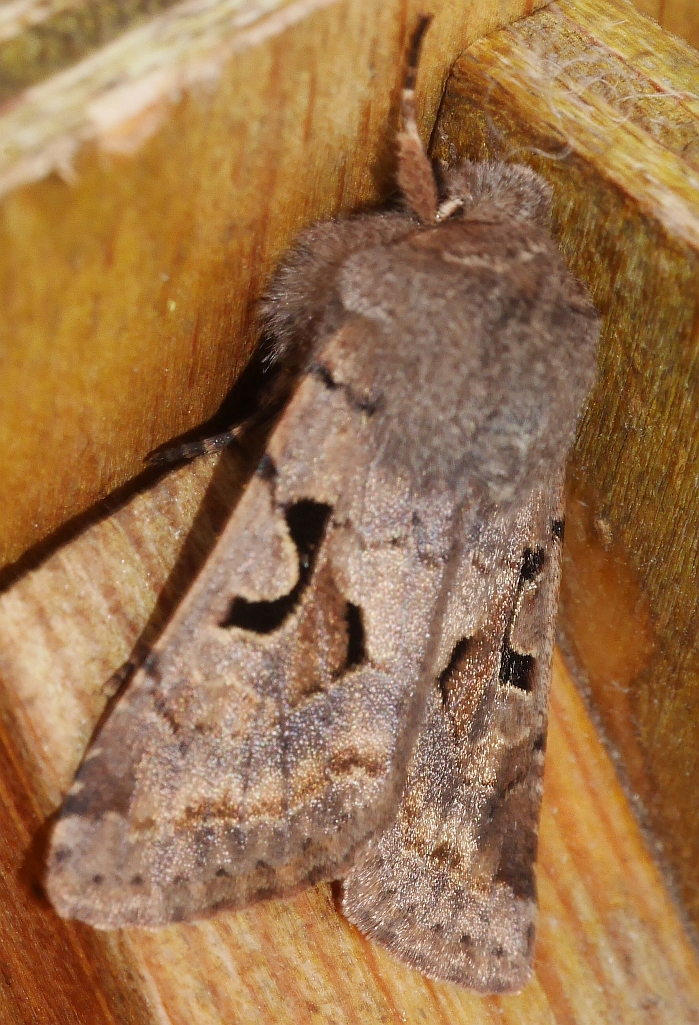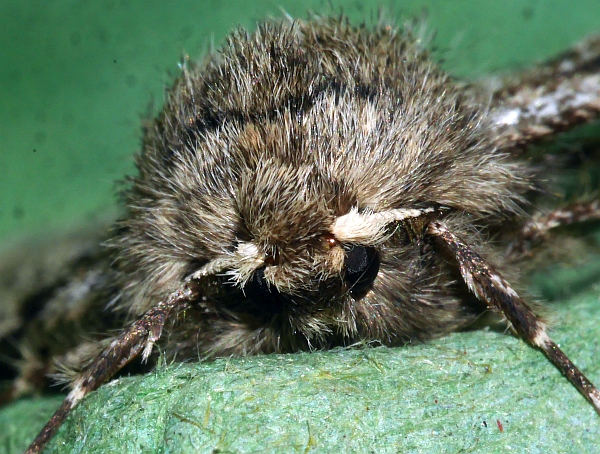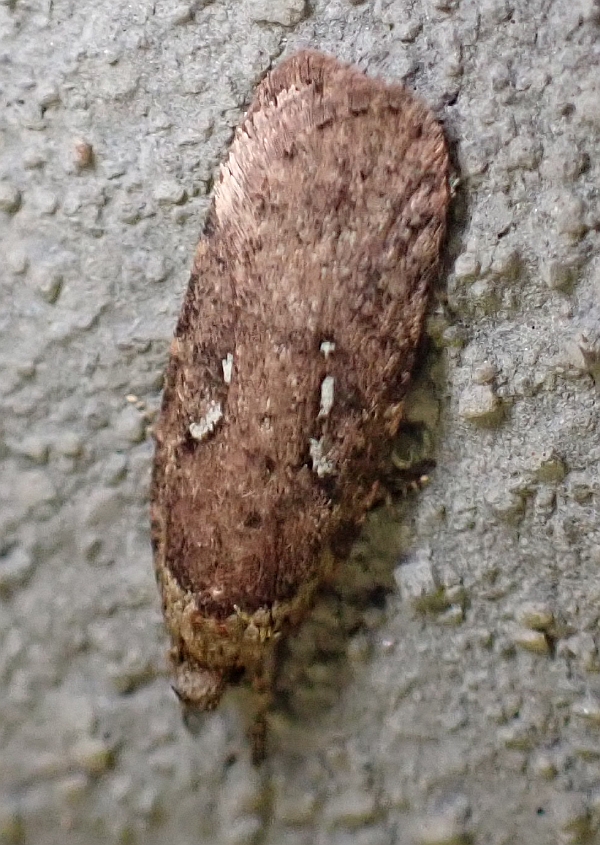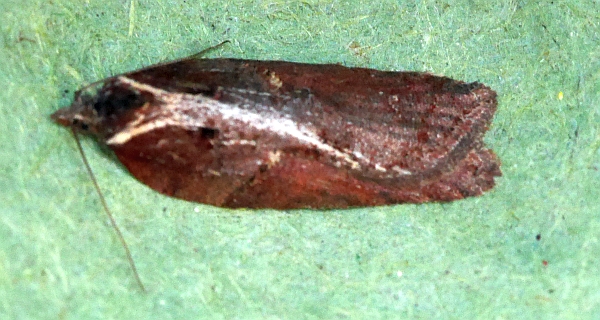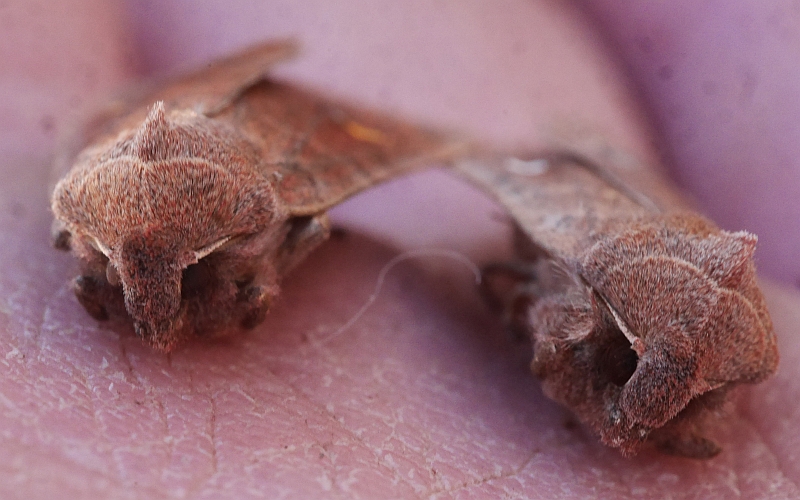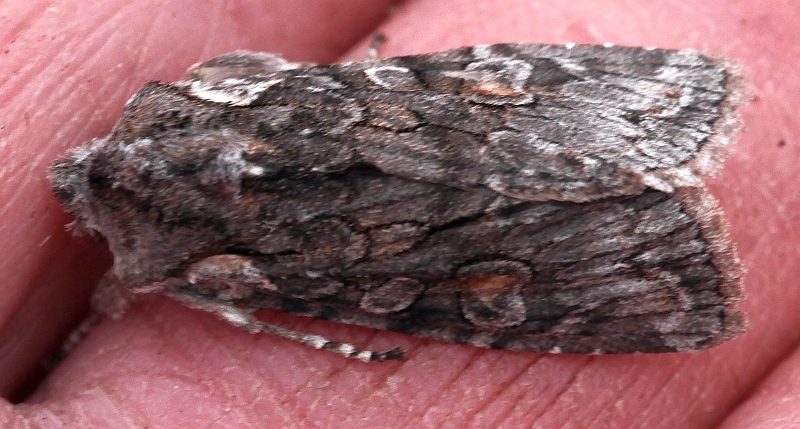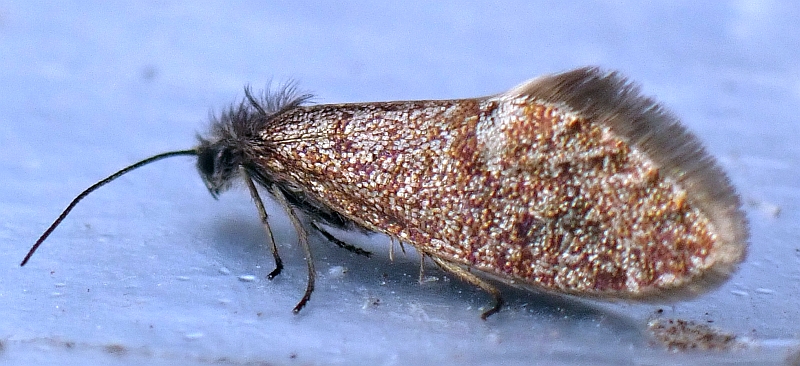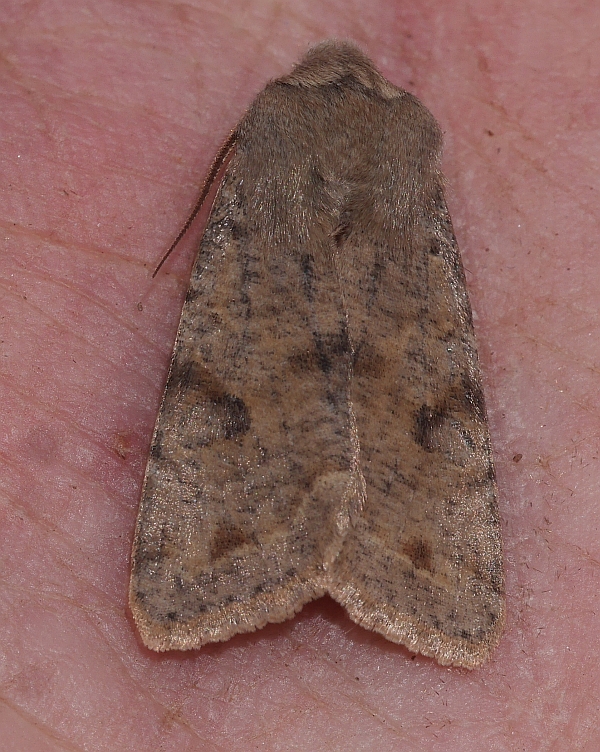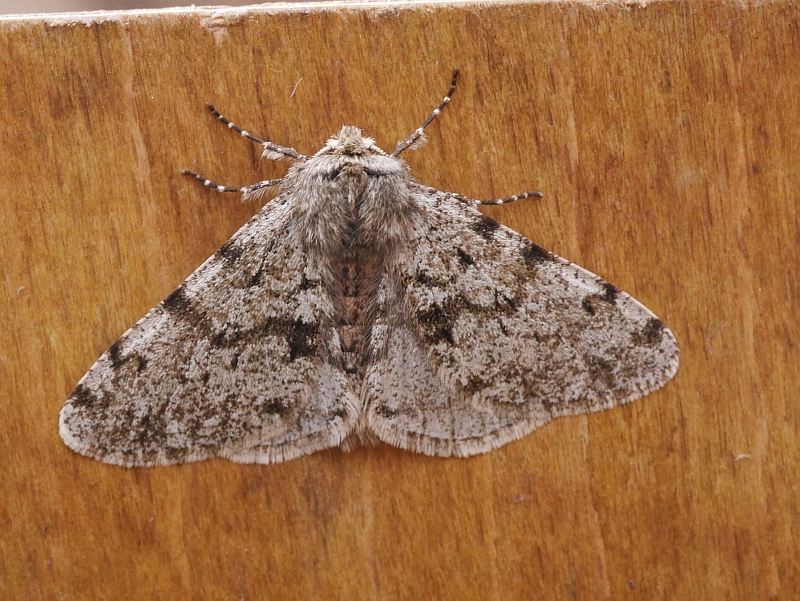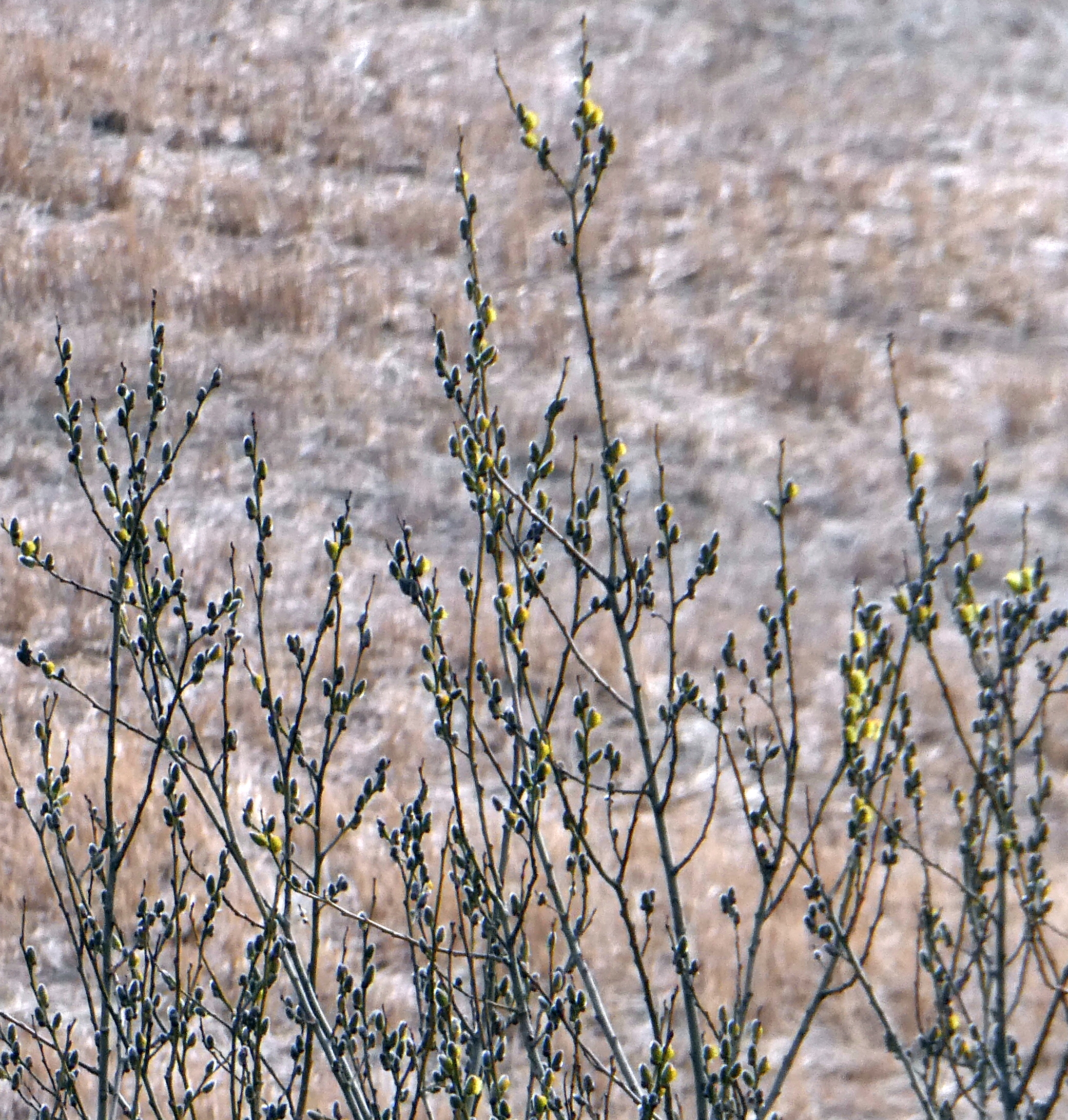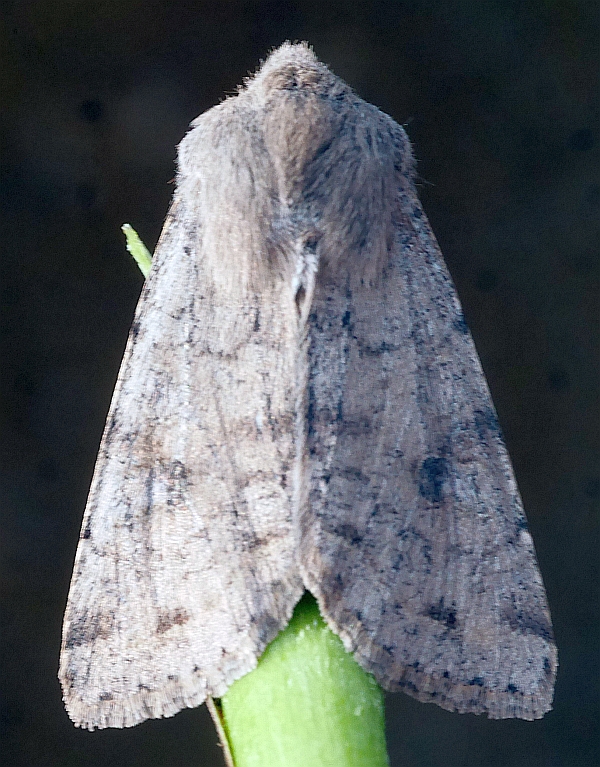During a powerful wind storm earlier in the year one of my oldest sallow / selje trees on the edge of the wild part of the garden was wind thrown and fell over the part of my garden most resembling a forest garden where my impressive 20-year old udo (Aralia cordata) is located. Luckily, it did no damage to my apple trees and the trunk is hanging horizontally over this area with part of the root still attached and what was the top of the tree now in full flower right next to the pathway down the garden. Salix caprea is dioecious with male and female flowers on separate trees. This one is female. I have over the years become more and more aware of the incredible importance of Salix caprea in providing food in early spring to a myriad of insects – wild bees, bumble bees, moths etc., all programmed to emerge at this time. In addition, it is host in Norway to 260 moth and butterfly species at the larval stage! This then leads to this tree being an important source of food to a range of birds and some like the chiffchaff (gransanger) are also programmed to return at sallow flowering time. During visits to my mum in Southern England in March / early April I visit other fallen sallows to look for interesting insects and I’ve noticed that they can continue flowering for several years after falling and resprout from the part of the root in the soil. So, although I was initially saddened bye the loss, this is just one of several large sallow trees in this part of the garden and now I have the top of a sallow at eye level right next to a path in the garden and can now study visiting insects closely. Just now, I saw an early bumblebee / markhumle (Bombus pratorum) feeding on the catkins. It’s also a perfect place to hang my moth trap (picture)!
Hence “A blessing in disguise” (Norwegian: hell i uhell).
See also https://www.edimentals.com/blog/?p=32035
Tag Archives: Sallow
Early spring moths and sallow
The end of March this year was mild with little frost. I was surprised to find the first flowering sallow / selje (Salix caprea) on 19th March and by the end of the month some larger trees were in full flower providing much needed food for a myriad of insects include wild bees, bumble bees and most of the 13 moth species shown below, all of which were photographed in my garden at the end of March, attracted by a moth trap. In turn, birds are attracted to the insect feast and some also feed on the nectar directly.
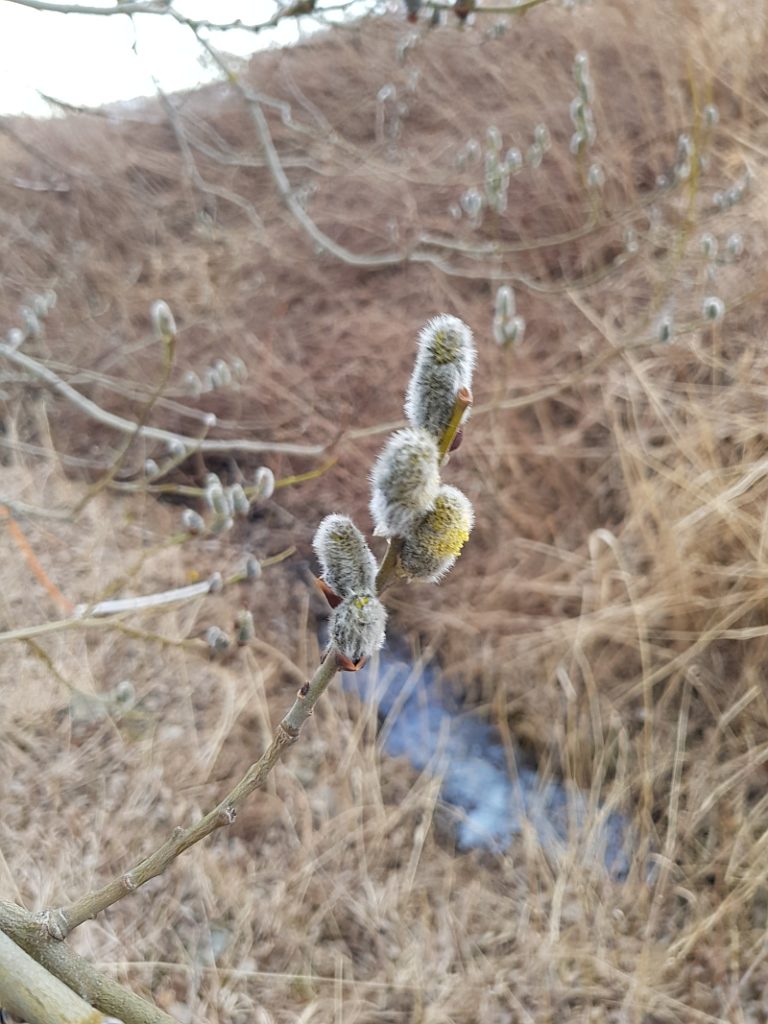
Emerging sallow catkins and biodiversity on the rise in the garden
As the most important tree for insect diversity in the spring – goat willow / selje (Salix caprea) – emerges into flower, two more moths that feed on the catkins turned up in the garden this morning, yellow horned (vårhalvspinner) and clouded drab (variabelt seljefly). Just waiting now for the influx of birds (chiffchaff, dunnock, thrushes) that feed on this insect feast!
There are records of arctic peoples chewing the flowers of various Salix species for the sweet taste and, from Alaska “Indigenous children strip the catkins of this shrub and chew them. They are commonly referred to as “Indigenous bubble-gum” and are eaten before seeds ripen in June and July”.
The catkins of Salix caprea taste good to me, but I don’t know of any use of this species historically.








